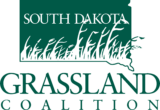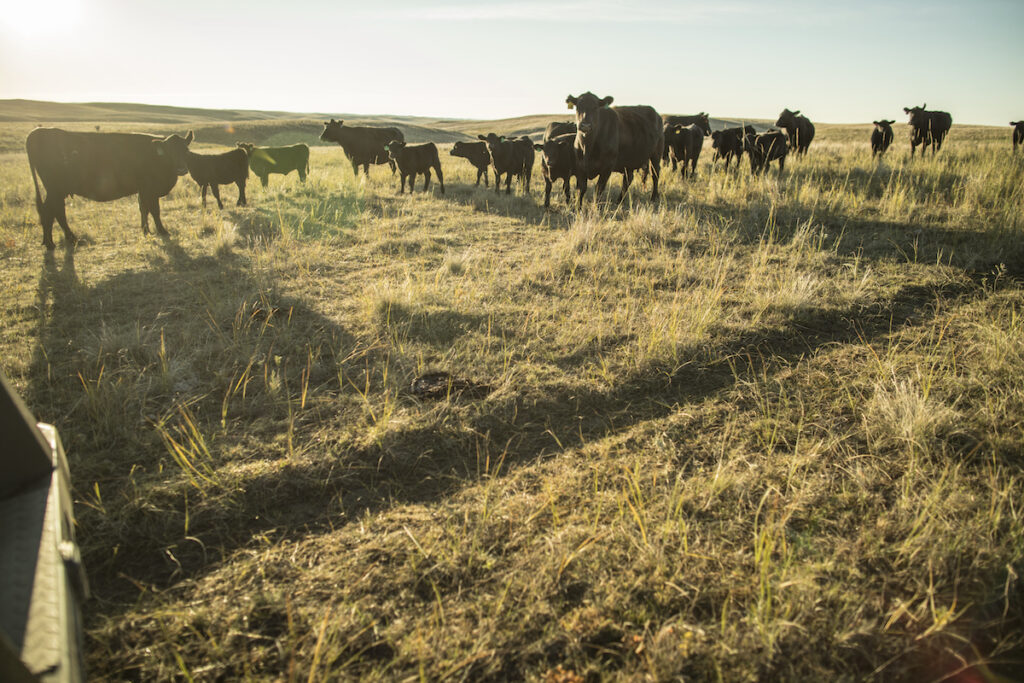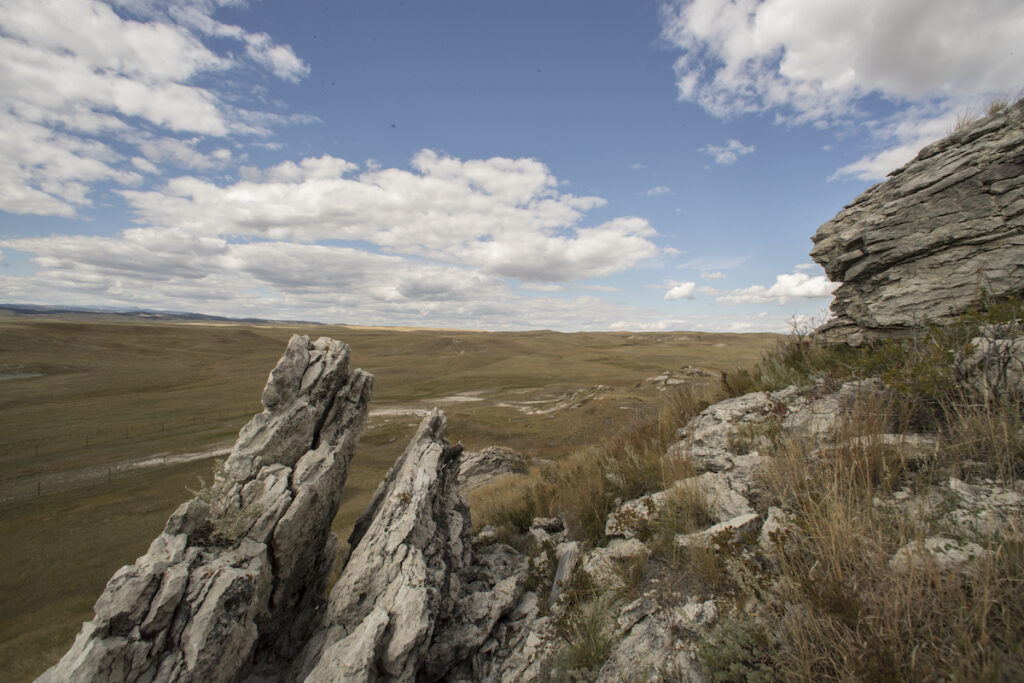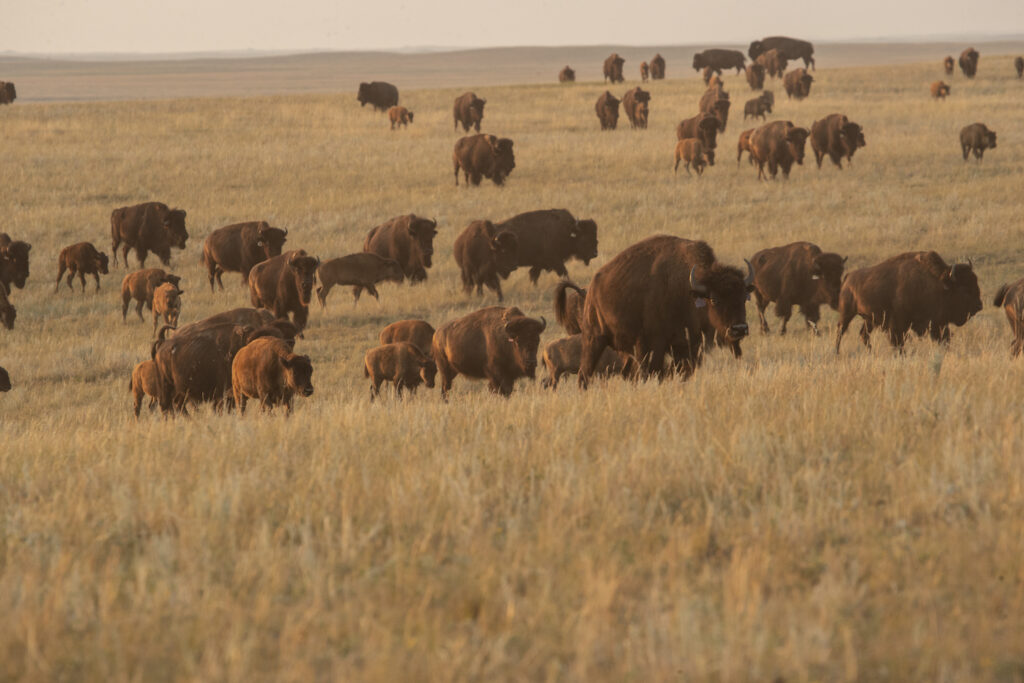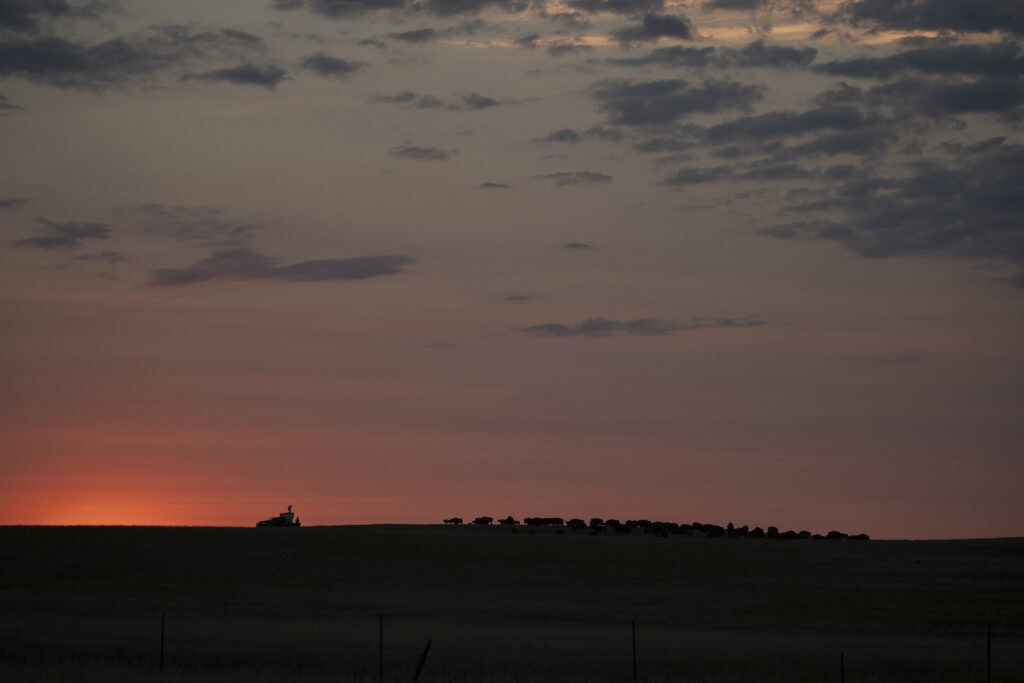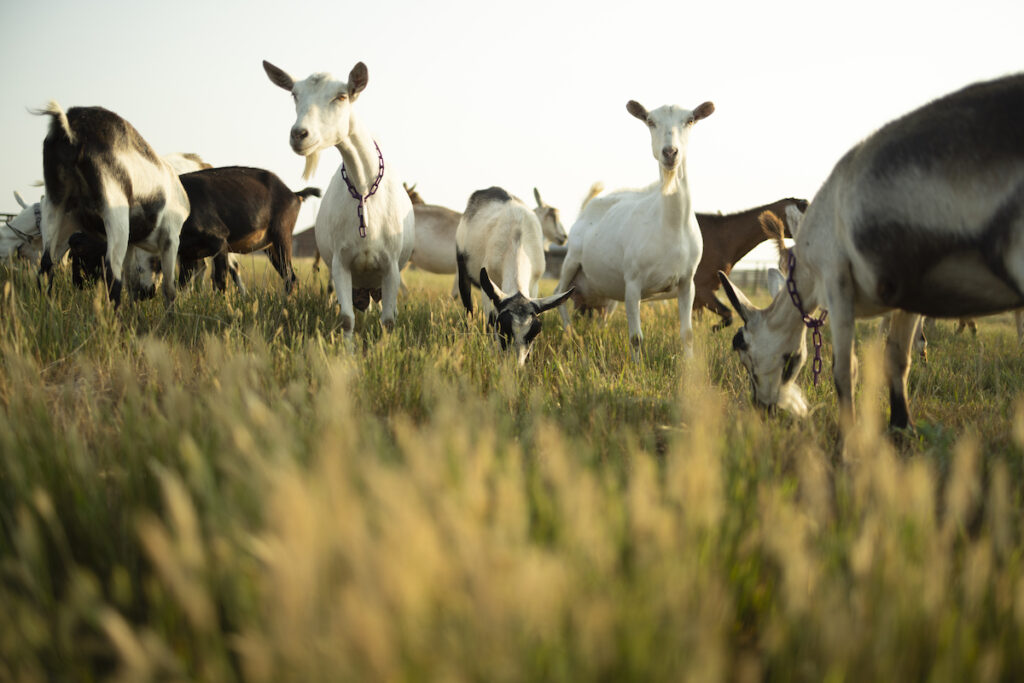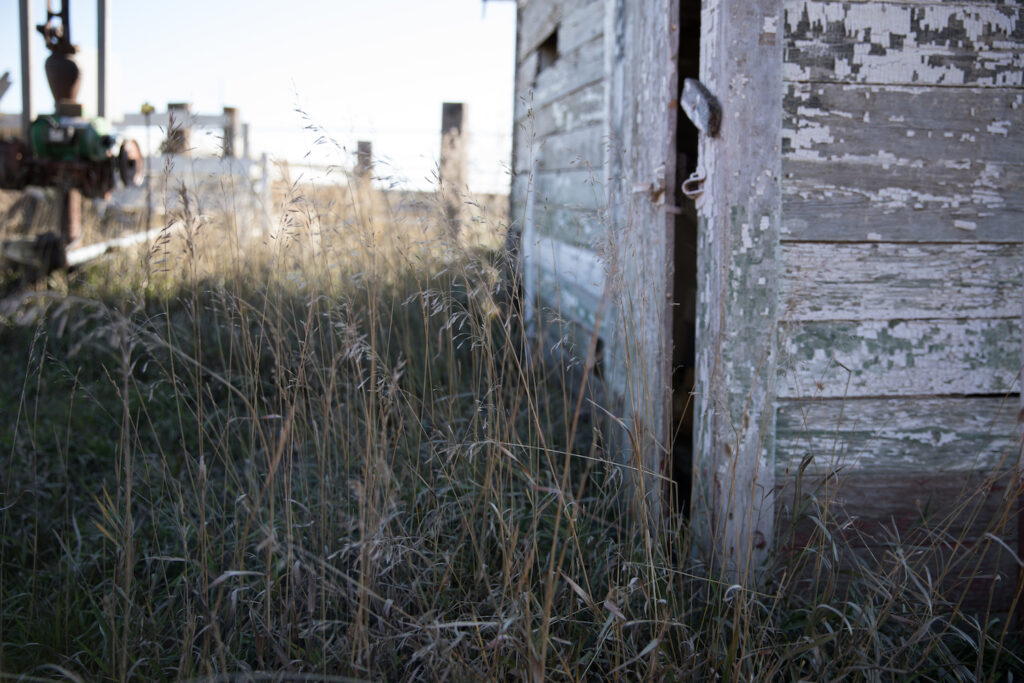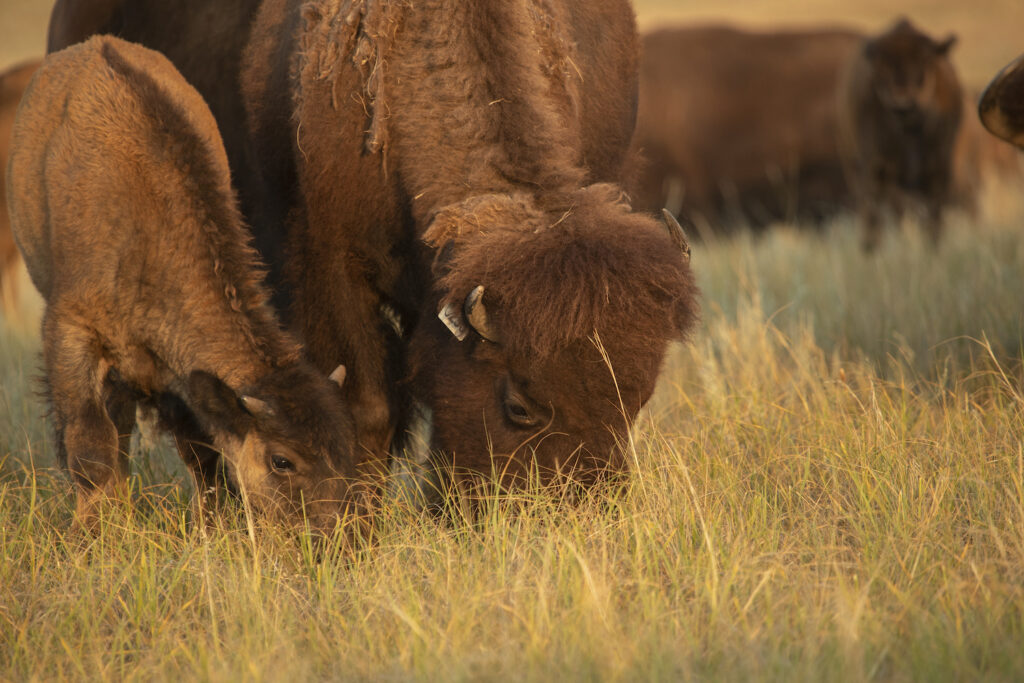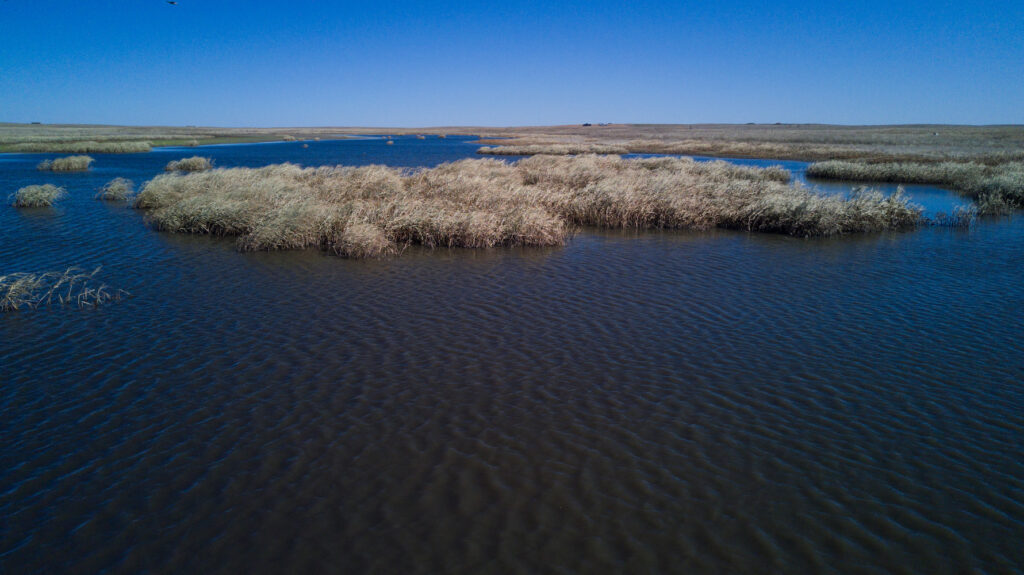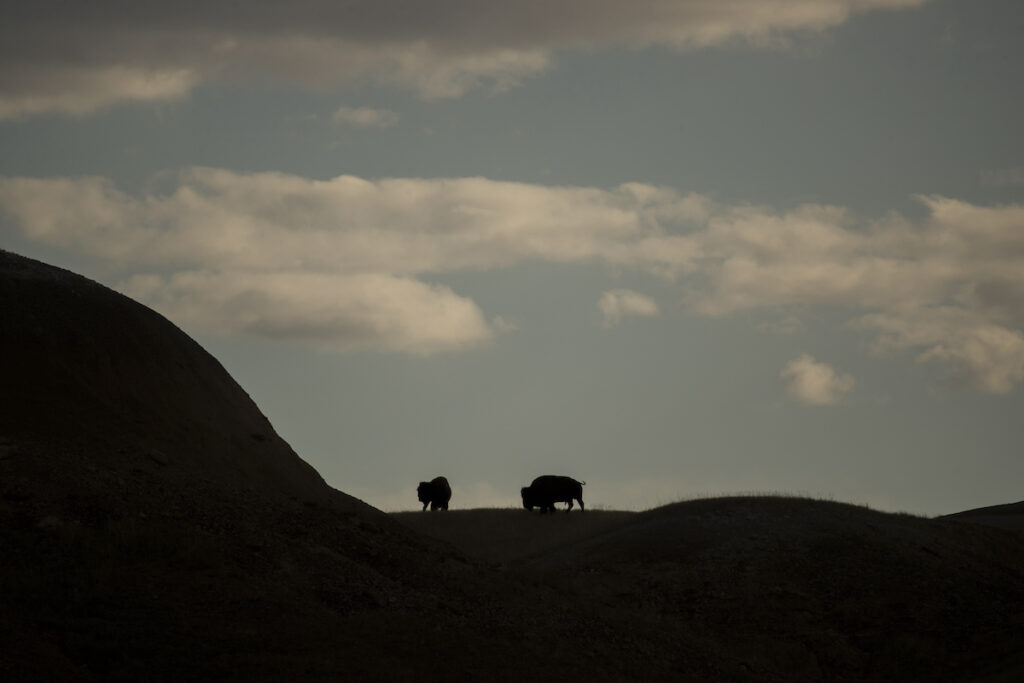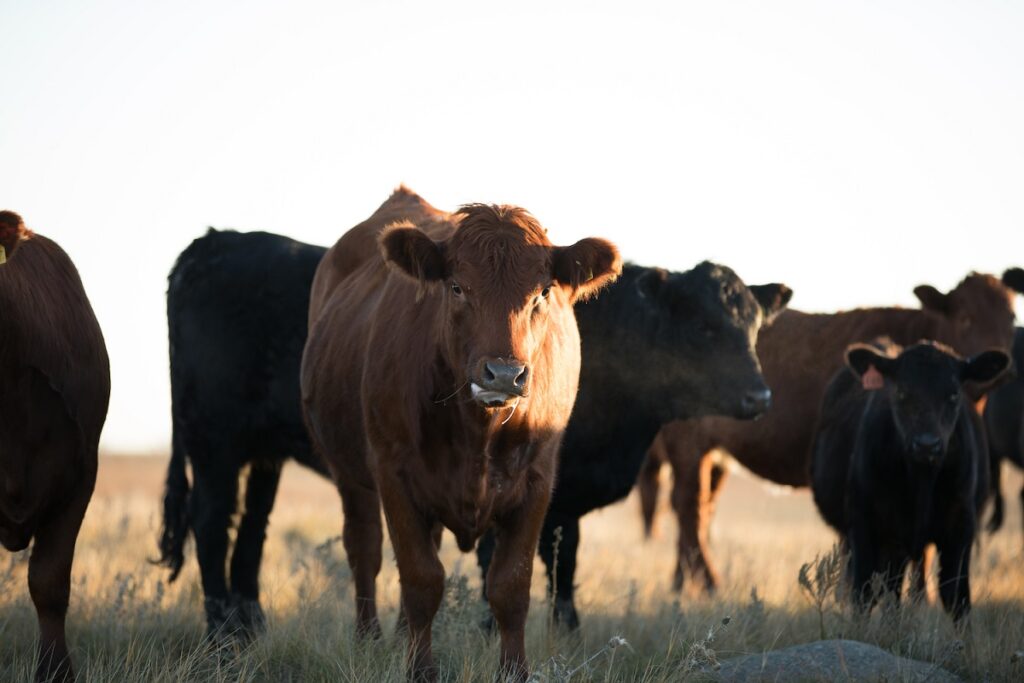One of our board members recently posed a question about the carbon cycle and fire. The concern is that fire obviously releases carbon into the atmosphere that might otherwise be sequestered (stored) deep into the soil profile. Wouldn’t this then be counter to our organizational goals? A very legitimate question given the current state of …
SDGC Blog
Ranching in the northern Great Plains is a tough place to work, especially in the winter. Traditional winter feed costs can make up 60% or more of the annual cow expense due to the costs of making and feeding hay. A typical ranch operation might feed for 90-120 days or more depending on the severity …
Late summer rains in much of the state have boosted cool-season grasses extending fall grazing, but many producers harvested a minimal amount of hay to get them through the winter. With high hay prices, producers are looking at less expensive ways to supplement existing hay supplies. Even in western SD, corn and soybean residues are …
Fall is a great time to monitor your pasture resources and get a picture of how the grazing season went. It might be discouraging to do this in a drought year, but it is actually a very important management step toward preparing for next year. I am going to present three methods. The first method, …
Eastern red cedar (Juniperus virginiana L.) A native tree to the eastern half of the US. It has been slowly spreading into the Great Plains over the last 100 years. Historically, fire and grazing have kept this tree from overtaking our grasslands. If you think back to what life was like on the Great Plains …
We’re in our third year of custom grazing sheep at Rock Hills Ranch. Our pastures have a diverse mix of grass, forbs, and shrubs, some of which cattle won’t consume. Western snowberry has been problematic ever since Lyle and I arrived here 45 years ago. Leafy spurge moved in more recently as has Canada thistle …
Increasing stocking rates is the goal of every land manager wanting to keep the wolf away from the doorstep. That is just about all of us. However, we are limited on the number of livestock our land will sustain year after year. There is a ‘silver bullet’ in ranching and that is healthier soil. Managing …
With the expanding drought conditions across Western South Dakota, there are increased concerns about livestock water quality. One water quality concern stems from the algae blooms on stock dams. The predominant question is whether the algae presents health concerns for livestock. Depending on the type of algae, it can be a concern. With warmer temperatures, …
During drought years it is often easier to observe the differences between warm-season and coolseason plants. This is especially true in July. I have been collecting biomass samples every two weeks from a grassland near Brookings which is comprised of mainly Kentucky bluegrass (coolseason), smooth bromegrass (cool-season), and big bluestem (warm-season) (see photo below). Last …
Rotational grazing has become an important management tool in the grazing livestock industry. This practice has been tested on tens of thousands of farms and ranches for over 50 years. The benefits it provides have been examined by range scientists, land management agencies, conservationists, and policy developers. In this article, I will provide an explanation …
